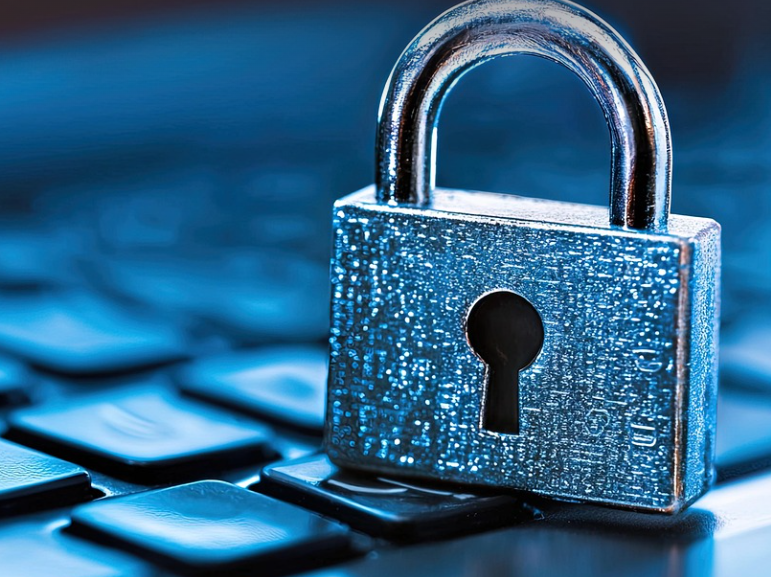SEL: A Leadership Roundtable
One component of the Every Student Succeeds Act (ESSA) requires school leaders to measure students’ social-emotional learning (SEL) in order to gauge school success. In T&L’s first Google+ Leader Community Hangout, we discussed how district leaders are implementing SEL initiatives.
Mindfulness is of significant interest with a number of districts sharing their work with mindfulness with staff and students. Then there is the challenge of changing behavior to adopt mindfulness and other SEL practices. Although modeling behavior from the top is important, top-down directed change usually does not work. Emerging science indicates that systemic change more quickly spreads through a network in a “nonlinear communication path of nodes, hubs, and superhubs.” (Reeves, 2006) Being able to identify the “go-to” or most trusted person in a network to leverage their relationships with others to effect change is more likely to result in change than working from the superintendent down, although you need both approaches.
Here are some highlights from this discussion:
NEVA MOGA
INSTRUCTIONAL TECHNOLOGY SUPERVISOR AT MILWAUKEE (WI) PUBLIC SCHOOLS
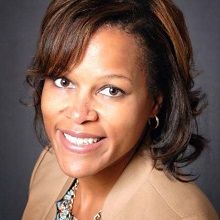
We build our SEL around culture and climate that we monitor through surveys. We want to know how safe and welcome students are feeling. We want to embrace the diversity students bring to schools and help them feel comfortable.
We take a team approach, but our mindfulness initiative stems from the top. Our superintendent has been modeling it for a few years. She always begins her meetings with a mindfulness exercise. The modeling is crucial for staff, and we use Second Step curriculum for students, which is an SEL program that helps transform schools into successful learning environments.
Our team does a lot of mindfulness. First thing in the morning we check in with students and again after lunch with an emphasis on being in the moment. We repurposed our coaches as well. They’re not just looking at data, but also at strategies and tolls to improve culture and student performance. Mindfulness and SEL are improving our climate and culture.
Tech & Learning Newsletter
Tools and ideas to transform education. Sign up below.
DIANA MCGHEE
DIRECTOR OF TECHNOLOGY AND INFORMATION FOR FORT THOMAS (KY) INDEPENDENT SCHOOLS
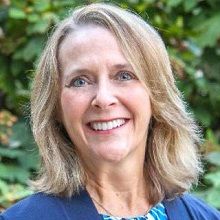
Our district gave a resiliency poll last spring to help identify students in crisis. Counselors then contacted parents and put together resources to help students. Our district also added two additional counseling positions for this year. Our students have taken the Gallup Poll in the past as well. Gallup promises to transform school culture and improve students’ hope and engagement.
Our state requires some type of student voice survey be given to students each year. They used to provide the tool for us to give the survey, but this year and moving forward, districts can create their own tool to give the survey.
ROBERT CRAVEN
CHIEF TECHNOLOGY OFFICER, TUSTIN (CA) USD

We also did a climate survey using the Gallup Poll with students. We sent a group of administrators that lead the district office to Individual Energetic Presence, where they worked on mindfulness. Next year we’re training middle and high school teachers and bringing in coaches to focus on SEL and mindfulness. We’re shifting our coaching budgets and assignments to cover the necessary funding. It helps to have support from the superintendent who sets the tone by reminding staff they need to take care of themselves.
MATTHEW X. JOSEPH
DIRECTOR DIGITAL LEARNING, INFORMATION TECHNOLOGY, AND INNOVATION IN MILFORD (MA) PUBLIC SCHOOLS
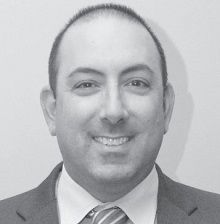
Milford hired an SEL coordinator after a survey revealed that educators and staff felt stress at work and did not feel valued. The district created a SEL program for adults and also launched Second Step curriculum for K-2 students. We now work with the Panorama survey tool as it is much better than Google Survey. We have launched a website focused on mindfulness to host ideas, videos, and interviews.
FRANK PILEIRO
SUPERVISOR OF TECHNOLOGY, LINWOOD PUBLIC SCHOOLS (NJ)
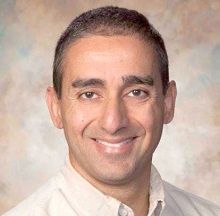
We had a summer enhancement group that students could join dealing with mindfulness. It was run by our elementary school guidance counselor. The students went through a lot of activities that dealt with mindfulness, empathy, feelings, etc. We even had them do some yoga.
MIKE KUHRT
SUPERINTENDENT, WICHITA FALLS (TX) ISD
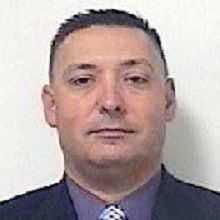
We have created a new position: Director of Social and Emotional Services. The position coordinates our counseling, atrisk, and social worker services/staff. All of our grade 5-12 students completed the Gallup Student Poll in the fall of 2017, and that sparked our interest in the need to coordinate our many student services. Also, our newly developed strategic plan has a heavy focus on SEL.
LISA NIELSEN
#NYCSCHOOLSTECH DIRECTOR (NY)

We’re using a research-based approach with our research partner, The Research Alliance, throughout city schools as they work to identify and implement effective practices for improving students’ SEL skills through the Student Success Network (SSN), a group of 50 youth development and education organizations in New York City. They have chosen to measure the following skills: growth mindset, academic self-efficacy, interpersonal skill, self-regulated learning, enlisting social resources, self-advocacy, problem solving, and belonging.
This kind of partnership between researchers and practitioners results in useful data to improve practices as well as solid documentation of what has been learned. SSN has made a commitment to integrating the research through a continual improvement process that will allow SSN and New York city schools to better integrate social and emotional learning into the curriculum.
Also, the DOE, in collaboration with the Kripalu Institute (Kripalu RISE), is offering superintendent and field support center teams an opportunity to attend a leadership resilience training program. The program will provide participants with evidence-based solutions to foster mindfulness and resilience. The three-day program will be held at the Kripalu Institute in Stockbridge, Massachusetts. The RISE program is listed in the nationally-recognized CASEL Guide to Effective Social and Emotional Learning Programs.
SEL Learning Event for Educators
Educators from Washington County (VA) School District recently attended an SEL event hosted by mindSpark Learning, a nonprofit dedicated to evolving education through professional development for educators and connecting schools to their communities.
According to the CDC, the Opioid Crisis claims the lives of 115 Americans each day. Also, the National Child Traumatic Stress Network has found that two thirds of children in the country have experienced a traumatic event by the age of 16, whether they were a witness to violence or were directly assaulted. mindSpark addressed the opioid crisis and its trauma head on in the day long training.
Attendees agreed the emotional summit provided invaluable learning points and tools they can integrate into their classrooms. Educators came away from the summit with a better understanding of how important self-care is in order to successfully do their jobs. Another key takeaway was how important SEL is for teachers, as they strive to help their students achieve more from their academic careers.
“Students in the past 20 years have totally changed in the amount of baggage they bring to the classroom with them,” said Wendy Cole, a seventh-grade civics teacher at Damascus Middle School. “Knowing how to deal with some of the problem areas we are going to encounter will be very helpful, and not just with the students, but also with us, in how we feel and interpret situations.”
Annie Galvin Teich has more than 25 years' experience in education writing and publishing. She is an edtech industry expert in content marketing and copywriting. As a regular contributor to Tech & Learning she focuses on the information needs of district decision makers.
